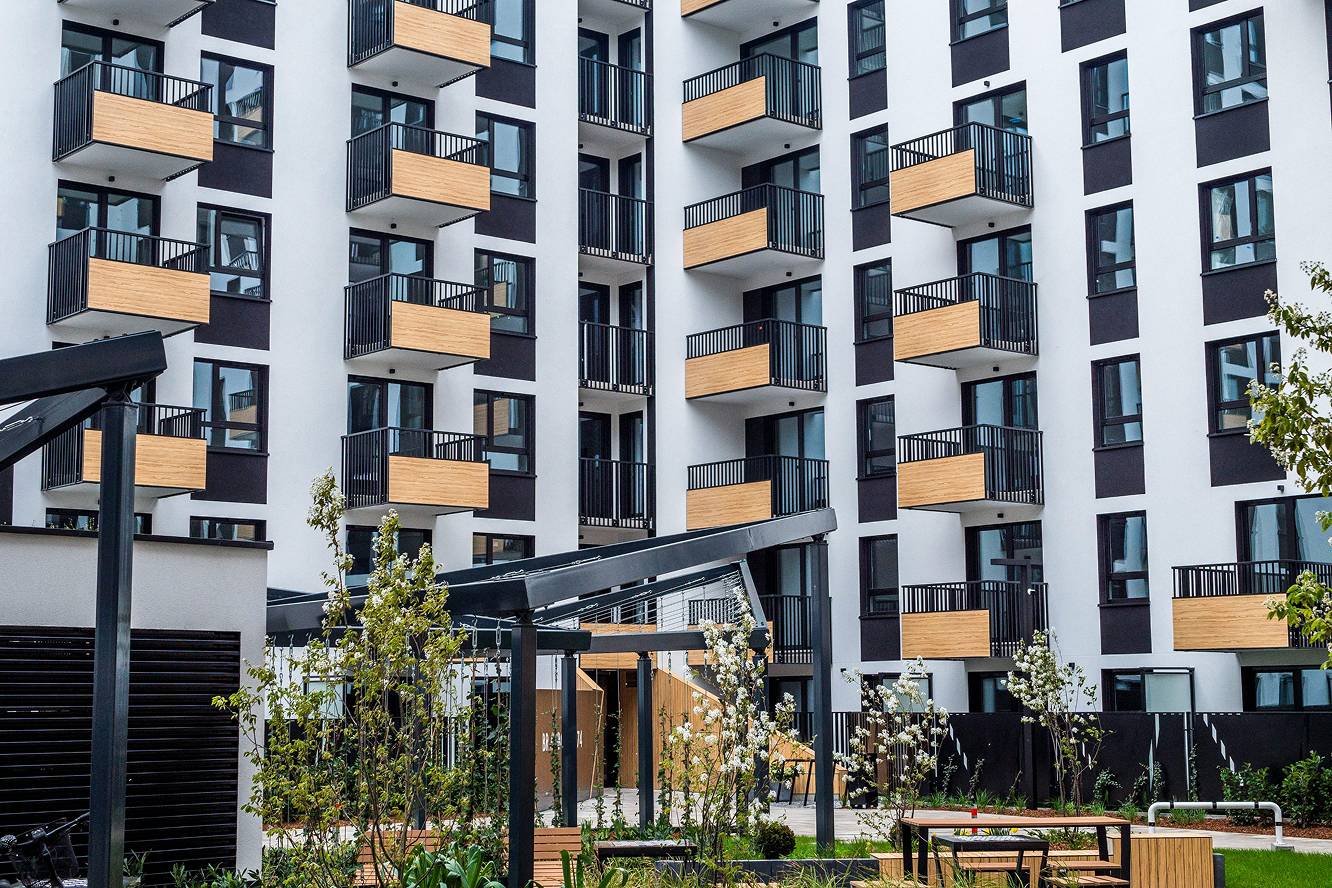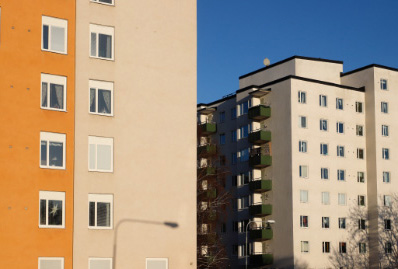Reinvest savings to dramatically improve the quality of resident care and retain valued employees.
- The senior living industry faces the conundrum of meeting escalating demand with a diminishing workforce.
- Executive directors are busy addressing the critical labor shortage leaving limited bandwidth for optimizing controllable expenses.
- Use outside resources to proactively manage ancillary expenses, such as waste and recycling, telecom, treasury fees, payroll processing cost, and linen, laundry, and uniform cost.
The 10,000 baby boomers retiring every day are not only potential future senior living residents, many are members of the current workforce. So, while the senior living industry might not need to worry about demand for its services, it is facing a critical staffing shortage that’s making it increasingly challenging to meet the growing aging population’s needs. It’s a conundrum that I recently discussed with renowned senior living industry expert and Georgetown University educator, Andrew Carle.
Because the HR issue is so significant and essential to a community’s ability to provide for the safety and well-being of its residents, staffing monopolizes the majority of most executive directors’ time and attention these days. This leaves little bandwidth to spare for considering other operational issues and costs, particularly those that don’t directly affect the resident experience.
But what most leaders don’t realize is that the inefficiencies and waste hiding within these ancillary costs can be the key to resolving the more pressing issues that plague the industry.
The answer is in the invoices.
But unearthing and leveraging opportunities to save in those areas can take some digging. The organization’s non-labor expenses are a great place to start. While labor expenses represent the lion’s share of a senior living community’s controllable costs, about a third of total costs lie in other areas. The challenge is that the ‘other’ bucket is made up of dozens and dozens of line items from many different vendors, so it’s complicated and time-consuming to manage. Many senior living communities use GPOs and/or a procurement department for consumables and larger expenses like medical, clinical, and food and beverage. So, they often feel confident that GPO-managed costs are under control—and many of those costs may very well be.
There are always plenty of other smaller spend categories that fall outside of the scope of a GPO that largely go overlooked and are usually far from optimized. Indeed, it’s these often locally managed expenses—services like waste and recycling, telecom, treasury fees with banking partners, payroll processing costs, and linen, laundry, and uniform charges—that are the ripest for significant savings simply because they typically are not proactively managed by anyone. In SIB’s experience, senior living communities reduce their costs in these ancillary spend categories by an average of 29%. And the savings can add up to hundreds of thousands of dollars annually.
Saving starts with proactive cost control.
Within most of these ancillary spend categories, the savings come from finding and correcting all-too-common issues such as billing errors, vendor non-compliance with contract terms and conditions, and overservicing. In addition, pricing structures are rarely fully optimized to take advantage of best-in-market rates. Correcting these extremely common problems, and keeping them corrected takes time and ongoing vigilance, along with industry knowledge and benchmarking data on pricing, which many senior living communities don’t have a way to access.
Carle explains that even if executive directors had the bandwidth and the data to do this work effectively, spending hours on the phone negotiating better prices with vendors is never the best use of these leaders’ time. Executive directors are much more productive and usually much happier when they are focused on caring for both residents and employees, not negotiating service contracts. Nevertheless, optimizing costs for senior living communities remains a powerful lever because the savings potential is so significant. More importantly, the savings can often be achieved without changing vendors, service levels, operational processes, or GPO rates and rebates, meaning there are no negative repercussions or concessions for the facility or its residents to make.
Given all of the above, in many cases, the best and most workable approach for managing ancillary expenses is to partner with cost reduction experts who can maximize the savings and deliver them more quickly with little-to-no effort on the part of the internal staff. Reinvesting the savings in the business is the real differentiator for facilities and their residents. Senior living communities don’t gain residents because they have a better rate on their internet services than the competitors down the street. But those communities that channel their significant operational cost savings into key areas like talent, facility upgrades, and automation can create a major competitive advantage. And since in most markets, seniors have plenty of choices when it comes to where they will spend their golden years; the differentiation really matters.
According to Carle, consistency in staffing is often the largest factor that influences a community’s reputation. Using operational savings to invest in retention bonuses or in automation tools, software, or other facility improvements that make employees’ jobs easier and more enjoyable can go a long way toward ensuring a community can hire and keep the best talent in the market. Well-compensated employees who work in well-maintained facilities are often satisfied employees. And satisfied employees lead to satisfied residents and a community that stands out among its peers.
Aim for exceptional in 2024.
At a time when prices are rising, and budgets are tight, opportunities to save dollars without sacrificing services are few and far between, and they are well worth pursuing businesses that want to be considered best in class. If your senior living community is reviewing next year’s budget, now’s the time to take a closer look at the significant resources you can free up and reinvest in key areas that will make a difference to your residents and operational success in the coming year.
To learn more or dive into what your potential savings could be, reach out to the cost reduction experts at SIB. Our team can work with your executive director and staff to estimate your facility’s savings opportunity and help you capture the gains.






